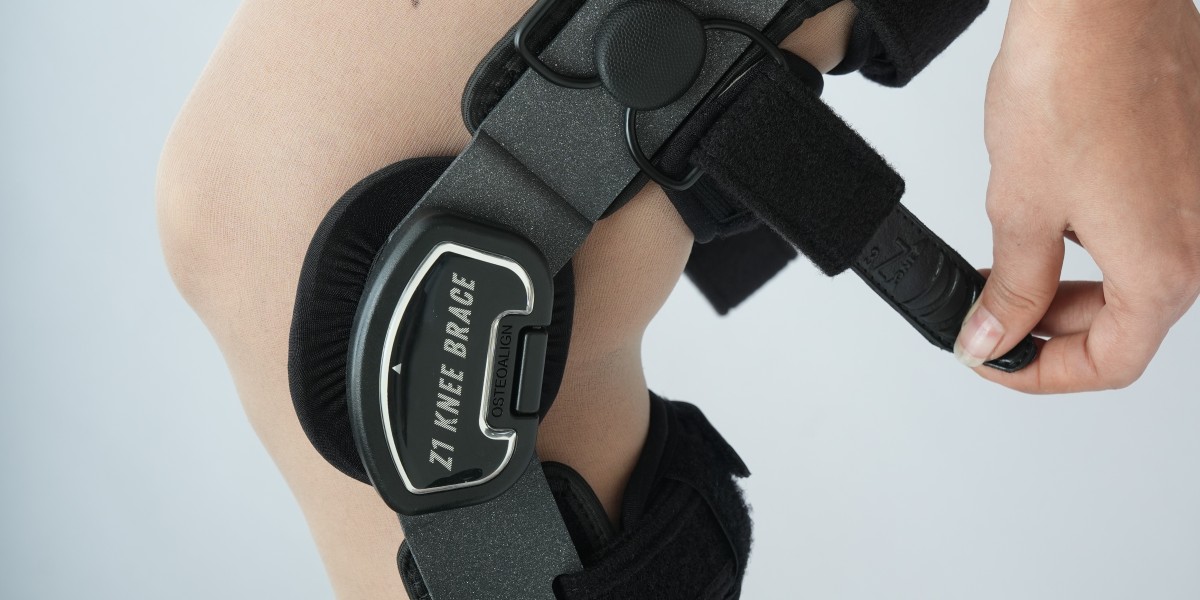A ligament knee brace is a specialized orthopedic support designed to protect, stabilize, and assist the knee’s ligaments during injury recovery or physical activity. Ligaments such as the ACL, MCL, PCL, and LCL play a major role in maintaining knee stability. When they are injured—through sports, accidents, or strain—the knee becomes unstable. A ligament knee brace helps prevent harmful movements, reduces pain, and promotes safe recovery.
Why Ligament Knee Braces Are Important
Ligament injuries can severely impact your mobility. A ligament knee brace:
Controls excessive knee movement
Protects healing ligaments
Reduces side-to-side and rotational stress
Enhances confidence in daily and sports activities
Prevents reinjury during rehabilitation
Orthopedic specialists often recommend these braces immediately after injury or surgery to ensure a safer recovery.
Types of Ligament Knee Braces
1. ACL Knee Brace
Designed for injuries to the anterior cruciate ligament. These braces restrict forward movement of the tibia and control rotation.
2. MCL Knee Brace
Provides strong medial support to prevent the knee from bending inward. It is often used after sports-related sprains.
3. LCL Knee Brace
Supports the outer ligament and prevents unwanted outward bending.
4. PCL Knee Brace
Helps manage backward movement of the tibia, especially after major PCL damage.
5. Hinged Ligament Brace
Features metal or composite side hinges that guide safe motion and prevent sideways stress. Useful for multi-ligament injuries.
6. Functional Ligament Braces
Used once the injury has healed to support high-level activities and sports performance.
Key Features of a Good Ligament Knee Brace
Dual or single-side hinges for stability
Adjustable straps for a secure fit
Rigid or semi-rigid frame for strong protection
Breathable materials for comfort
Compression padding to reduce swelling
Ergonomic design to maintain natural movement
These features work together to protect ligaments while enabling safe mobility.
Who Needs a Ligament Knee Brace?
You may need a ligament knee brace if you experience:
ACL, MCL, LCL, or PCL injury
Knee instability while walking
Pain during side movements
Twisting injury from sports
Post-surgery recovery
Chronic ligament laxity
People involved in running, football, basketball, volleyball, and skiing commonly use ligament braces.
Benefits of Using a Ligament Knee Brace
1. Stabilizes the Knee Joint
It limits excessive motion that could damage weakened ligaments.
2. Reduces Pain & Swelling
Compression and support help minimize inflammation.
3. Speeds Up Recovery
Keeps the joint protected during healing, allowing safe and gradual mobility.
4. Prevents Reinjury
Essential for athletes returning to training or competition.
5. Improves Confidence
Wearing the brace reassures users that their knee is supported during movement.
How to Use a Ligament Knee Brace Properly
Ensure the hinges align with the knee joint
Tighten straps evenly for balanced support
Wear during activity or walking as instructed
Avoid overtightening to maintain circulation
Use under physiotherapist or doctor guidance
Conclusion
A ligament knee brace is a crucial tool for managing ligament injuries, providing the right balance of stability, protection, and mobility. Whether you're recovering from an ACL tear, managing MCL pain, or protecting your knee during sports, these braces offer safe and effective support for long-term knee health.



